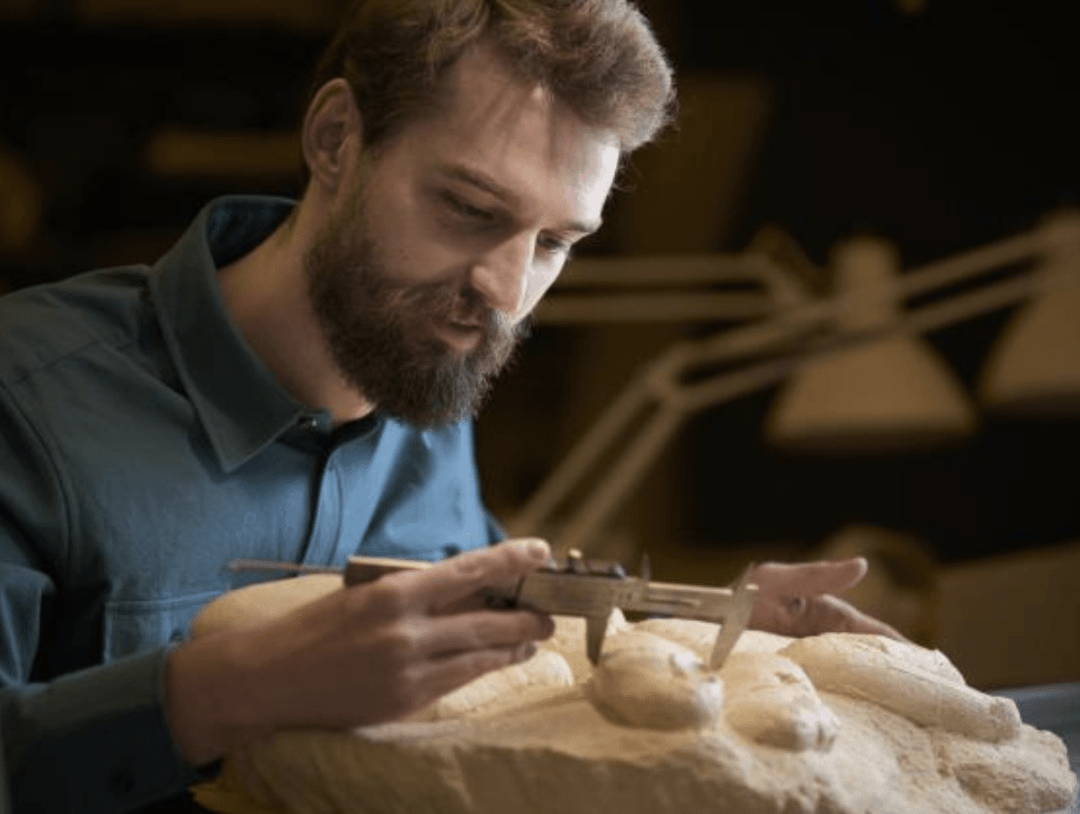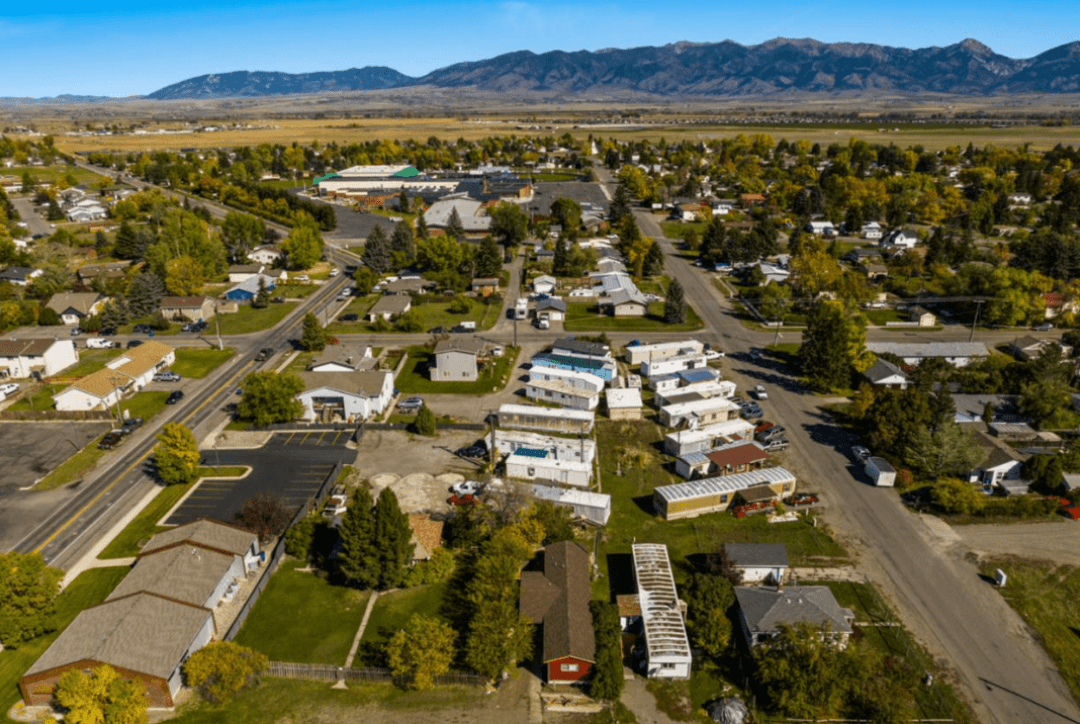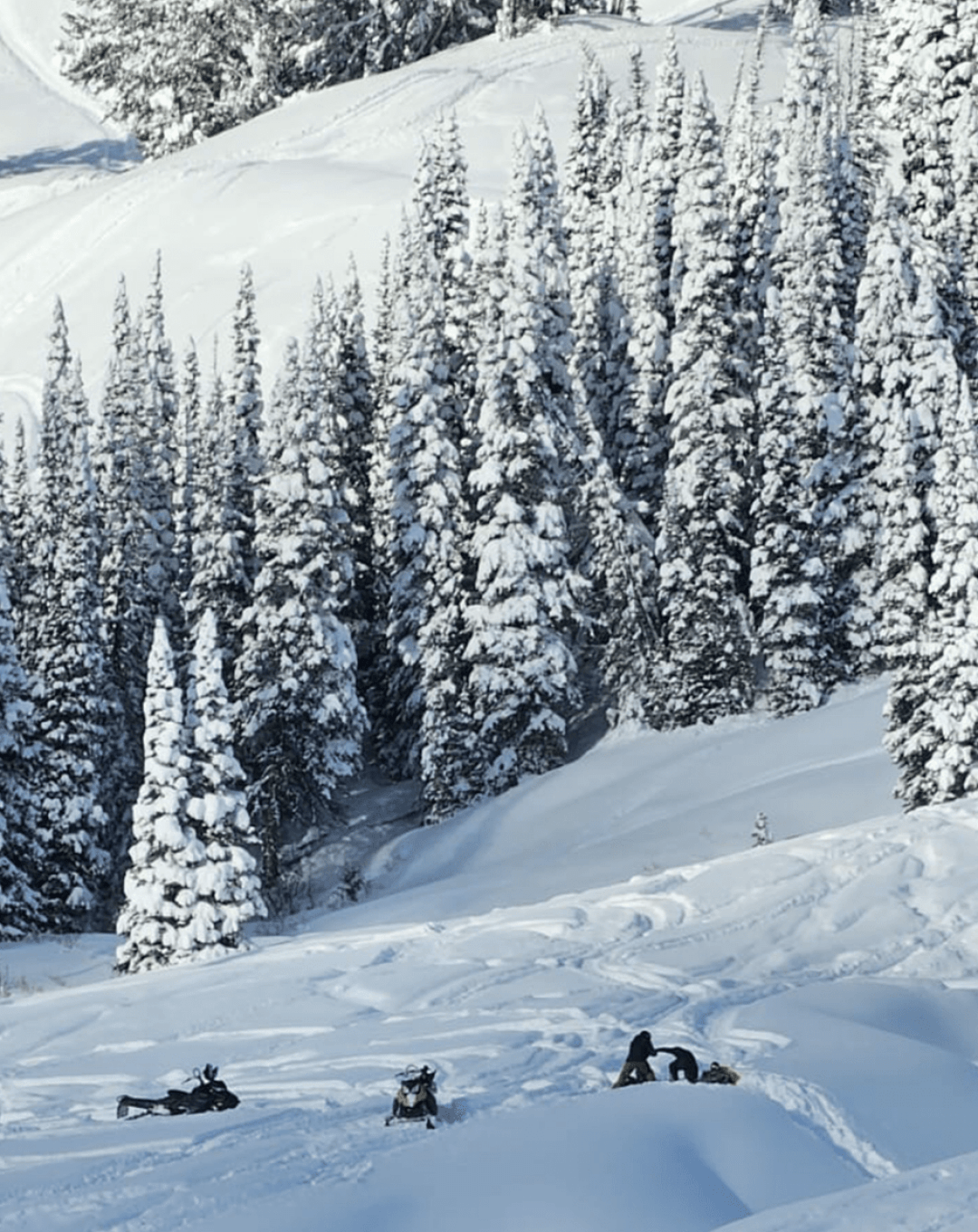Montana State student wins civic engagement scholarship for volunteer work on campus

BOZEMAN – Montana State University junior Sophia Adams says her childhood experiences as the younger sibling of a brother with autism shaped her wish to serve people living in difficult circumstances.
“I felt a responsibility to look out for other people,” said Adams, an aspiring medical doctor and Honors College student majoring in biochemistry in the Department of Chemistry and Biochemistry in the College of Letters and Science. “I like the idea of being a safe space in medicine and being able to hold that space in a world that’s kind of scary for some people.”
But Adams isn’t waiting until she finishes medical school to make a difference. Since coming to MSU as a freshman from her home in Maple Valley, Washington, she has devoted her time and talents across campus. For that, she was recently named one of 10 Montana college students to be awarded a $1,000 George M. Dennison Civic Engagement Scholarship Award by the nonprofit Montana Campus Compact.
“These students represent some of the amazing college student leadership we see at our campuses every day,” said Haven Gourneau, chair of the organization’s CEO Council and president of Fort Peck Community College. “It’s because of students like these and so many more that college presidents have faith in the future of our communities and state.”
As a sophomore, Adams began volunteering at the MSU VOICE Center, which provides confidential services and information for people impacted by sexual assault, interpersonal violence, relationship violence, harassment and stalking. This year, Adams was hired as a paid student staff member in the center. It’s work she describes as “the most impactful thing I’ve done in my college career.”
She has volunteered since her freshman year at the Empower Student Center, located in Norm Asbjornson Hall, which provides support, tutoring and other resources to underrepresented minority students in science, technology, engineering and mathematics fields, as well as undergraduate women in engineering and computer science. She also volunteers with the MSU student organization Students Against Sexual Assault.
“I believe people should be generous with their resources to the capacity they have,” said Adams, adding that one of the biggest lessons she has learned at MSU is that she needs to take care of herself in order to maintain that capacity. “To sustainably give back in the long term, you need to help yourself first.”
VOICE Center Director Anna Slown said Adams stands out because of her “incredible energy.”
“She jokingly describes it as ‘small dog energy,’ because she is willing to fight for what’s right,” Slown said. “She’s talked about the importance of doing this work and learning all that she can in this office and taking it into her future professional job, whether that’s in the medical field or something else. She’s getting it in her head that she can fight for other people and use her voice to uplift others.”
In addition to her other commitments, Adams works in the laboratory of Emma Loveday, assistant research professor in the Department of Chemical and Biological Engineering and MSU’s Center for Biofilm Engineering. Loveday describes Adams as an enthusiastic student who has “never shied away from doing anything that’s a little tough.”
“She’s a fantastic student and I’m really proud of her for receiving the scholarship,” Loveday said.
After she graduates next year, Adams says she will take a year to gain clinical hours and experience then apply to medical school. She may specialize in women’s health, sexual health, or obstetrics and gynecology, though she says she also has developed an interest in virology and infectious diseases through her work in Loveday’s lab.
She credits Loveday, Slown, Empower Program Director Susan Kelly and the VOICE Center staff for giving her the tools she needs to effectively serve others.
“I’ve really enjoyed my time at MSU – I’ve met really great people here, and I have great mentors,” Adams said. “My ability to give back is because of what they’ve given me.”






 Two Montana State University RadPC payloads pictured in a MSU lab on Wednesday, Jan. 24, 2024, in Bozeman, Mont. Both computers spent time on the International Space Station before being returned to MSU. MSU photo by Colter Peterson
Two Montana State University RadPC payloads pictured in a MSU lab on Wednesday, Jan. 24, 2024, in Bozeman, Mont. Both computers spent time on the International Space Station before being returned to MSU. MSU photo by Colter Peterson
News Comments
Thank you
Open Auditions for Annie
Monday, Sep. 16, 2024
I’m at the Bozeman airport where your painting, “Blowing East” is displayed. It’s absolutely gorgeous! Bravo, Marci!!
The Artists’ Gallery in Bozeman’s Emerson Cultural Center May Exhibits
Sunday, Jun. 30, 2024
This is so typical of a sign in, which we should not have to do to check if we or some one in our party got a permit. I have been working or "creating an account" for 30 minutes and just get the same ...
Smith River permit drawing results available
Sunday, Mar. 10, 2024
I have struggled with this podcast and my own participation therein, the event itself obviously traumatic, but beyond that my inability to reach anyone and convey anything resembling truth. The person ...
Billings, MT Case Becomes True Crime Podcast | 'An Absurd Result'
Marktokarski
Saturday, Jan. 20, 2024